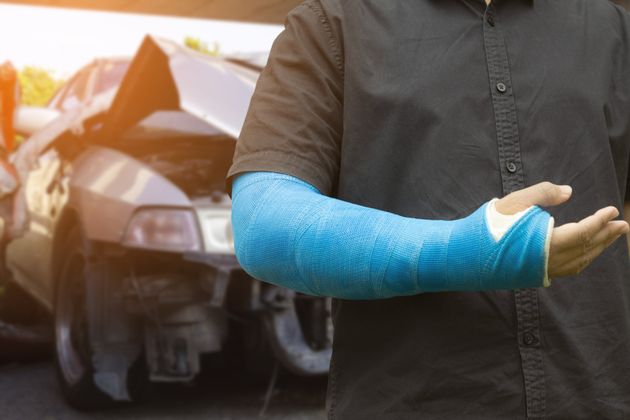Tips to Reduce Severe Injuries in Auto Accidents
October 29, 2020

The best way to avoid auto accident injuries is to avoid all accidents. Unfortunately, you cannot avoid accidents completely, even if you are the most careful person. Other road users, such as intoxicated drivers, can still crash into you. However, the following measures can reduce your risk of severe injuries in case of a crash.
Hold the Steering Correctly
Hold the steering wheel in a way that allows the airbag to deploy appropriately and safely. Safety experts recommend the 9 and 3 position. For this position, you assume the steering wheel is a clock and place your left hand and right hand on the 9 o'clock and 3 o'clock respectively.
The traditional 10 and 2 position is not safe. With your hands so high up on the steering wheel, a deploying airbag can hurt your hands and fingers during a crash.
Avoid Head-On Collisions
A head-on collision is more dangerous than other types of collisions. In a head-on collision, both cars absorb the full impact of the crash. Thus, if you can't avoid an accident (for example, if someone swerves onto your path), avoid a head-on collision at all costs. Swerve to either side of the car so that you can hit a stationary object or change the head-on crash to a sideswipe crash.
Store Luggage Properly
In case of a crash, loose objects flying around inside the car can cause you severe injuries. For example, an object on the dashboard can hit you in the face in case of a collision. Store and fasten your luggage correctly to reduce that risk. Use your car's storage compartments, such as the glove box and truck. Proper storage is particularly necessary for heavy items.
Keep Your Body Inside the Car
Don't drive with any part of your body outside the car. The practice is illegal and increases your risk of severe injuries in case of an accident. For example, even a relatively minor accident can crush your arm or hand if you hang it out of the window.
Use the Seat Belt Correctly
Seat belts effectively reduce the severity of auto accident severities. According to the National Highway Traffic Safety Administration (NHTSA), a front-seat passenger cuts their risk of injury by nearly half
if they wear a seatbelt. Wear your seatbelt correctly for maximum benefit. Some helpful seatbelt tips include the following:
- Use one seat belt per person, even for children.
- Don't wear the shoulder belt under your shoulder - it goes over.
- Put infants less than a year old in rear-facing seats.
- Use appropriate seats or boosters for children.
Always ensure all seat belts work correctly and are not loose or frayed. Damage reduces seatbelt effectiveness.
Avoid Secondary Crashes
A two-vehicle accident can easily turn into a multiple car crash if you are not careful. The secondary crashes can lead to even more severe injuries. The first crash has already weakened your car and body.
The moment you realize you have been in an accident, take measures to prevent secondary crashes by other cars. Discover some tips that can help:
- Remain in the car if other motorists are around - otherwise, another car might hit you.
- Pull to the side of the road only if it is safe to do so.
- Get out of the car if you can smell gasoline - that way, you won't be hurt in an explosion.
- Turn off the engine to reduce the risk of fire.
- Switch on the hazard lights.
You can also help yourself and other victims by performing first aid activities. Stick to what you know so that you don't cause further injuries.
If you do get involved in an accident, you deserve compensation from the liable party. At Wegner & Associates, we have the skills and experience to fight for your compensation. Contact us
for a free initial consultation to determine how to get you the compensation you deserve.
Before you file a semi-truck injury claim, be clear on what caused the accident. Discover what can cause many semi-truck accidents.
Diverse events can lead to catastrophic injuries, and what you do afterwards can greatly affect your recovery and compensation. Learn more in this blog.
